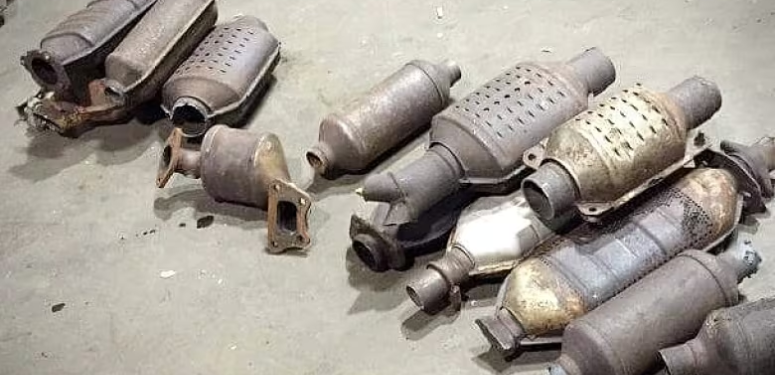Toronto, Ontario — In a recent report by Walt Bogdanich, Isak Hüllert and Eli Tan, featured in The New York Times, the reality of catalytic converter theft and recycling has been put into greater perspective. An examination of business records, social media posts and official interviews reveals that stolen catalytic converters pass through middlemen, smelters and refineries around the globe.
In their report, Bogdanich, Hüllert and Tan note that during the process of catalytic converter recycling, the metal from stolen converters is blended with legitimate supplies from mines and scrap yards before being sold primarily to companies that make new automotive parts.
As a result of this process of recycling and reuse, it becomes almost impossible to establish what is legal supply from what’s not. Specifically, the report notes that “quantifying the thefts is difficult and estimates vary,” however, “approximately 6 percent of the 12 million catalytic converters recycled each year are believed to have been stolen, with the rest coming from scrap yards and other legitimate sources.”
While steps have been taken to prevent theft and stolen parts from ending up in recycling processes, the report further notes that “experts say the first step to stopping precious metal thefts is to demonstrate the true scale of the crime.
“Lots of people don’t file claims because there’s a $500 deductible,” said Howard Nusbaum, administrator of the National Salvage Vehicle Reporting Program, a nonprofit group that works closely with law enforcement.
He added that many insurers don’t have a separate reporting category for this crime. His organization estimates that there are more than 10 times as many thefts annually as insurance groups report and tally.
David Glawe, president and CEO of the National Insurance Crime Bureau acknowledged in a statement that recent data of catalytic converter theft is “just a snapshot of an underreported crime.”
To read the full report and to also learn more about the catalytic converter recycling process, click here.


























